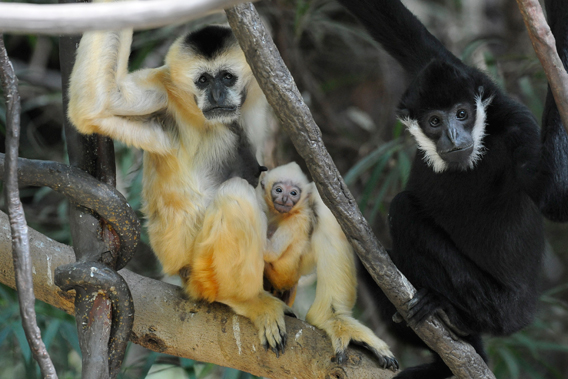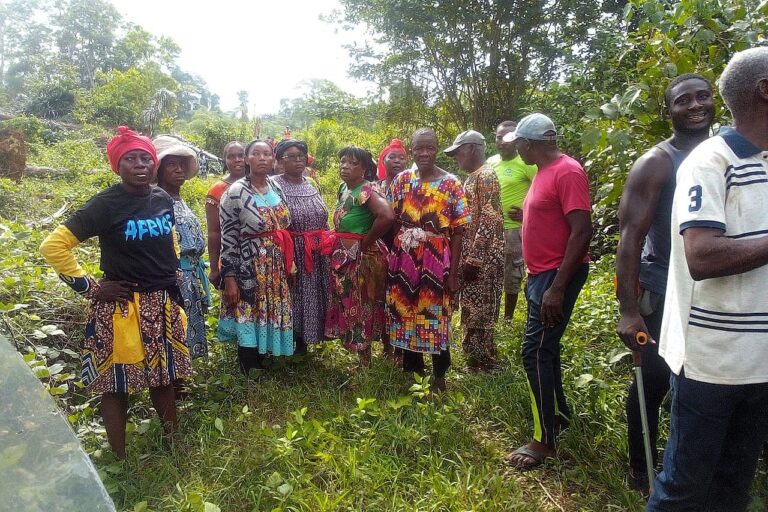
Northern white-cheeked gibbon infant born at the Bronx Zoo. Photo by: Julie Larsen Maher.
A northern white-cheeked gibbon pair (Nomascus leucogenys) at the Wildlife Conservation Society’s (WCS) Bronx Zoo have given birth to a brand new infant. This is the mother gibbon’s 11th infant.
Northern white-cheeked gibbons, which have recently been split from their southern cousins (the southern white-cheeked gibbon), are found in Vietnam, Laos, and possibly China. They are considered Critically Endangered by the IUCN Red List and are threatened by deforestation as well as poaching for food and traditional medicines.
In 2011 a significant population of unknown northern white-cheeked gibbons were found in Vietnam. The population was estimated at about 450 individuals, providing a much needed boost for the vanishing species.
A member of the ape family, gibbons differ from the so-called great apes by their smaller stature, in not making nests, and in other traits that make them appear like almost a cross between an ape and a monkey. Gibbons, many of which are imperiled, have also received less conservation attention than their larger ape relatives.

The northern white-cheeked gibbon family at the Bronx Zoo. Photo by: Julie Larsen Maher.














